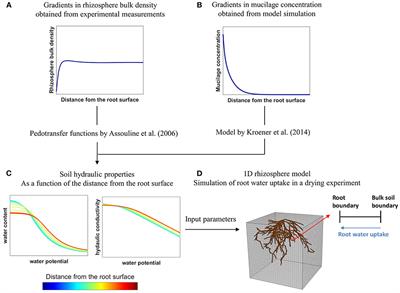EDITORIAL
Published on 18 Nov 2021
Editorial: Rhizosphere Spatiotemporal Organisation
doi 10.3389/fpls.2021.795136
- 855 views
10k
Total downloads
40k
Total views and downloads
EDITORIAL
Published on 18 Nov 2021
REVIEW
Published on 28 Oct 2021

MINI REVIEW
Published on 17 Mar 2021

ORIGINAL RESEARCH
Published on 24 Feb 2021

ORIGINAL RESEARCH
Published on 04 Feb 2021

REVIEW
Published on 28 Jul 2020

ORIGINAL RESEARCH
Published on 16 Jul 2020

